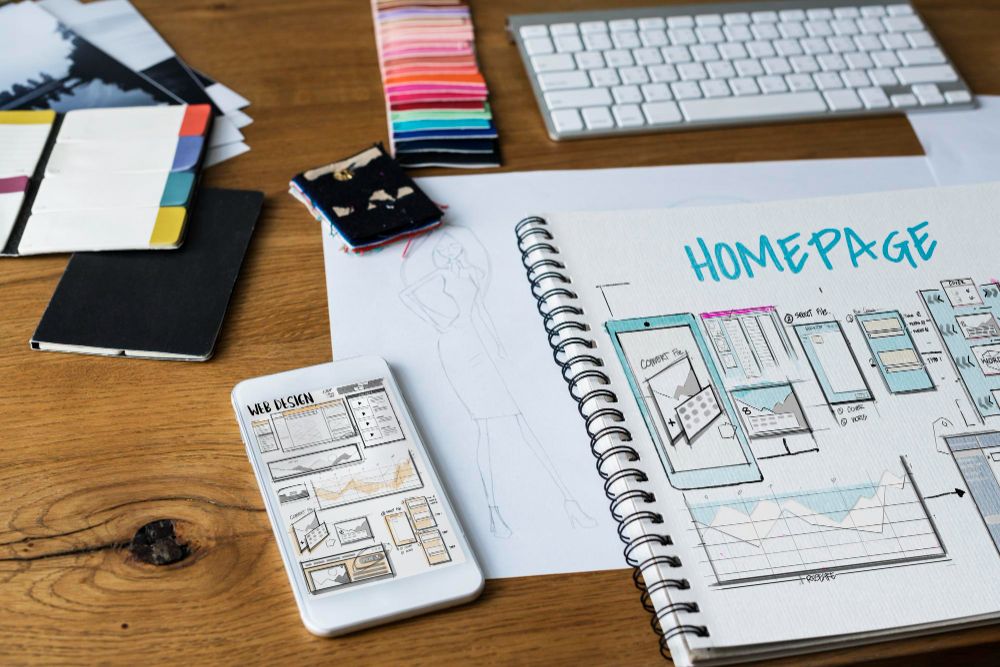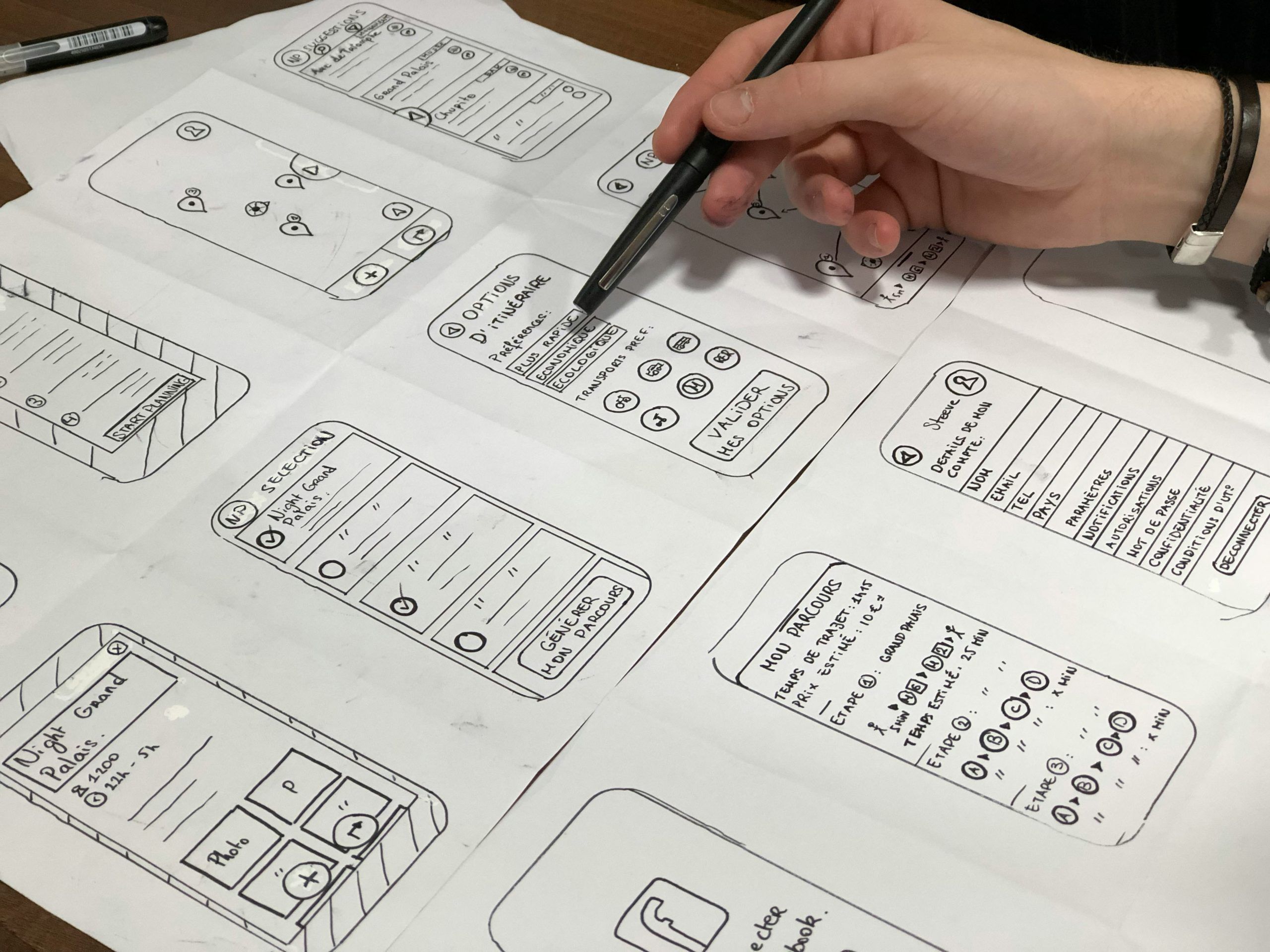Emotions play a key role in forming the first impression, a fact supported by psychology. It begins with an emotion, followed by an impression, and finally, a conscious opinion is formed based on that initial emotion, which arises upon first sight of an object or person. This demonstrates the Law of Primacy, which asserts that our initial emotions significantly influence our later opinions.
A SaaS design agency in San Francisco embraces the psychological principle of Emotional Expression. This one suggests that a website’s pleasant design can elicit positive emotions in visitors, making the product more emotionally appealing. Emotions, shaped by our experiences, help us quickly form impressions about the future. Therefore, when it comes to your website or SaaS product, you have only a few seconds to make a positive impact on a potential customer. With insights from the Dworkz UI/UX agency, we can explore this topic further.
The impact of first impressions
The success of a SaaS service is determined by its popularity among users. The first impression of a product is formed by its interface — UI. And attractiveness and usability, which are so important for customer retention, are provided by a well-thought-out UX. From a developer’s perspective, a UI that strives for simplicity may be at odds with a UX that strives for complexity.
The question is: How do you balance the aesthetic appeal of a minimalism-oriented UI with the functional richness of UX? To answer these questions, we turned to San Francisco-based experts in SaaS design for the B2B sector. Their experience shows that speeding up website loading time by every other one-second can increase conversion rates by every 7%. In addition, using proven UI patterns based on A/B testing results can increase conversion by 67%, according to GoodUI.
UI/UX design elements & conversion impact
| UI/UX design element | Impact on conversion | Examples of impact |
| Download speed | Increase conversion by every 7% for every second of acceleration | Fast page loading reduces user churn |
| Intuitive navigation | Improving user experience and increasing conversions | Users easily find the information they need, which encourages registration or purchase |
| Optimization for mobile devices | Access to more users, increased conversion | Users can effectively interact with the site on mobile devices |
| Clean and attractive visual design | Building trust and increasing conversions | A professional looking website increases trust and propensity to take action. |
| Clear calls to action (CTAs) | Increase conversion by clearly indicating next steps to the user | Bright buttons with calls to action direct the user to register or purchase |
| Personalization | Increasing engagement and conversion through an individual approach | Offers based on user behavior increase the likelihood of making a purchase |
In marketing terms, UI/UX designs act as strategic tools that can significantly increase conversion rates. For instance, Keyur Vadhadia at Bootcamp claims that a well-designed e-commerce checkout interface can increase conversion rates by 35%. A user interface focused on convenience can improve this figure by up to 200%. And a well-designed UX design, according to GeeksforGeeks, can increase conversion rates by as much as 400%.

In the debate about whether UI or UX is more important, it’s worth mentioning products with high marketing performance that have been successful despite less attractive design. This proves that if functionality matches users’ previous experience and content satisfies their thirst for useful novelty, it can compensate for a product’s UI. However, most experts agree that a quality user interface can also offset UX shortcomings. McKinsey research confirms that thoughtful design has a positive impact on both customer satisfaction and companies’ financial results. As a reconciliation: investing in quality UI/UX can significantly increase the marketing effectiveness of a product, making it not only visually appealing, but also commercially successful.
A few words about user experience
User experience unequivocally plays a key role in the success of a product. Interfaces that are overloaded with features or too complex can drive away up to 90% of users, as User Guiding statistics show. Also, 85% of visitors will abandon a purchase if a website or app is not adapted for mobile devices and browsers. An example of a successful balance between aesthetics and user experience is the iPhone, where an intuitive interface harmonizes with the functionality of advanced technology.
Analytics and UI/UX: Measuring impact
Analytics metrics provide insight into the impact of UI/UX design on conversion. This is insider information that numerically depicts user interaction with the interface. For designers, such data is an invaluable source of insights into the relationship between design and business metrics. It’s about the following:
- A/B testing.
- Engagement metrics.
- Conversion funnels.
- Heat maps.
- Page load speed.
- User feedback and ratings.
- Behavioral metrics.
Tools such as Google Analytics, Hotjar, PageSpeed Insights, and Enterpret help you track these key metrics. Likewise, analytics can’t always capture the subtleties of user experience or explain the reasons behind user behavior. In such cases, qualitative research, including interviews, usability tests, card sorting method, and unmoderated online UX assessments, can complement quantitative data to provide a deeper understanding of user motivations and concerns.
One example of how analytics drives business goals. Professionally designed UI/UX can significantly increase conversion rates — reducing the number of fields in a form from 11 to 4 can increase it by more than 120%. However, the current trend set by San Francisco-based companies specializing in UI/UX design for SaaS products is an emphasis on qualitative metrics in marketing.
Bottom Line
Effective UI/UX design is crucial for a SaaS business’s success. The choice of colors, fonts, layout, and the number of elements, along with the ease of navigation and logical interaction with the product, should captivate customers, hold their attention, and make the product indispensable. Each design element, though not exhaustive in this list, influences how clients interact with the product. As experts from Dworkz put it, ‘A compelling UI leaves an impression, while a functional UX solves problems, leading to greater user satisfaction and improved analytics data.

Design doesn’t solve all problems by itself; it must be in harmony with marketing, sales, and support. It’s important to find a balance between visual appeal and functionality, and between quantitative and qualitative measures of success. The adage, ‘Fine feathers make fine birds’ reflects this philosophy. To ensure that the look and feel of your SaaS product matches its functional content, consider investing in quality UI/UX. The right choice today can significantly increase conversion rates and ensure the long-term success of your product in days to come.

